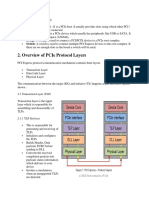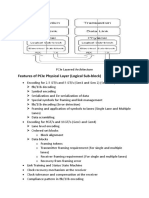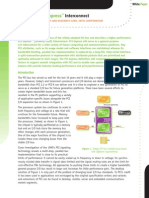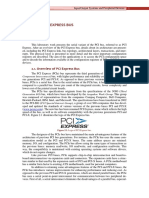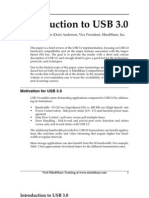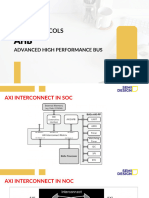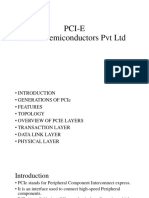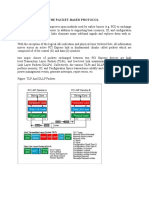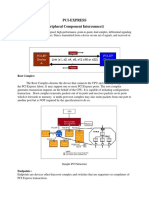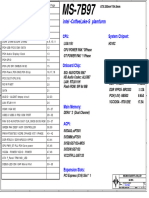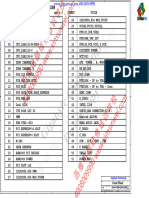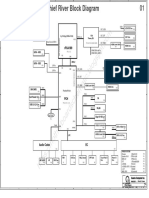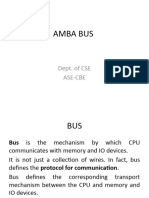100% found this document useful (4 votes)
2K views64 pagesPCIE Transaction Layer Introduction
The document discusses the transaction layer in PCIe. It covers topics like transaction layer packets (TLPs), TLP headers, TLP types, routing, and flow control.
TLPs are the fundamental data units that are exchanged between components in PCIe. They contain a header with fields indicating the TLP type, attributes, and routing information. Common TLP types include memory reads/writes, I/O accesses, and configuration requests. TLPs can be routed based on their address, ID, or implicitly. Traffic classes and hints in TLP headers help determine priority and handling.
Uploaded by
劉彥廷Copyright
© © All Rights Reserved
We take content rights seriously. If you suspect this is your content, claim it here.
Available Formats
Download as PDF, TXT or read online on Scribd
100% found this document useful (4 votes)
2K views64 pagesPCIE Transaction Layer Introduction
The document discusses the transaction layer in PCIe. It covers topics like transaction layer packets (TLPs), TLP headers, TLP types, routing, and flow control.
TLPs are the fundamental data units that are exchanged between components in PCIe. They contain a header with fields indicating the TLP type, attributes, and routing information. Common TLP types include memory reads/writes, I/O accesses, and configuration requests. TLPs can be routed based on their address, ID, or implicitly. Traffic classes and hints in TLP headers help determine priority and handling.
Uploaded by
劉彥廷Copyright
© © All Rights Reserved
We take content rights seriously. If you suspect this is your content, claim it here.
Available Formats
Download as PDF, TXT or read online on Scribd
/ 64

